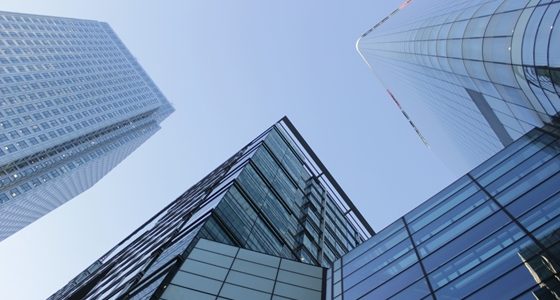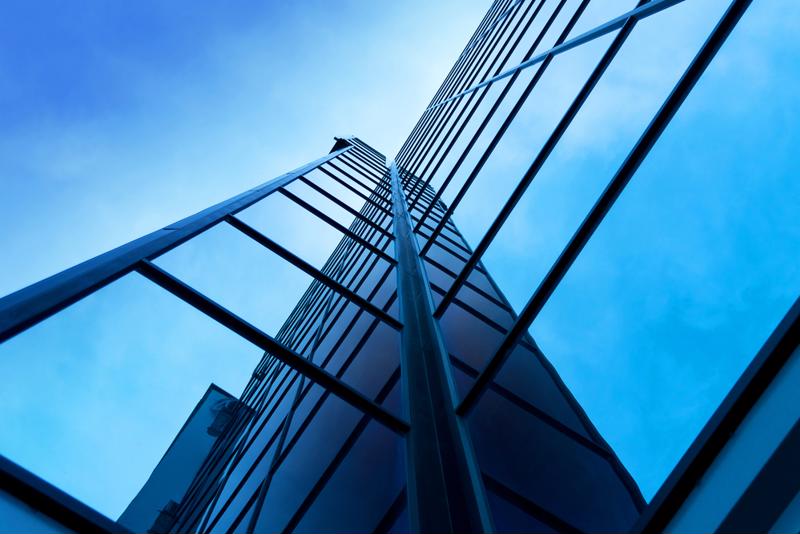
The term "building envelope" gets thrown around frequently when discussing energy usage and building security. Although it's become a common term, many people don't know exactly what it encompasses.
However, the building envelope is an increasing important aspect of any commercial or residential building. As the Center for Climate and Energy Solutions noted, commercial and residential buildings such as offices and apartments make up about 40 percent of the energy usage in the U.S. Within this energy consumption, heating and cooling make up the largest portion, especially in residential structures.
"Commercial and residential buildings make up about 40% of the energy usage in the U.S."
To cut down on both the cost and environmental impact of this energy use, it's critical that building managers understand what their building envelope involves and how they can improve it.
What is a building envelope?
The building envelope refers to whatever separates the conditioned interior of the building from the unconditioned outside world. It controls the ability of air, water and heat to travel into or out of a structure.
Building envelopes are typically made up of the walls, roofs, windows, doors, insulation and other climate control elements. Aesthetic exterior features or unconditioned spaces are not usually included in the building envelope. The building envelope is specifically engineered to control temperature, moisture and air pressure inside the building.
The most important job that a building envelope does is provide structural support, but as a facilities manager, you're likely more concerned about the weatherization benefits that the envelope can provide. Envelopes are often described as either loose or tight, where a tight envelope has more control over how air, moisture and heat flow through the structure.

Improve your building envelope
A tighter building envelope is often beneficial. This can allow you to maximize tenant comfort as well as get the optimal savings on your heating and cooling costs.
Work with Clean and Polish Building Solutions to improve your building's envelope by upgrading your windows to let less heat in, caulking exterior gaps where air and water can get in, and using waterproof coating and sealing on other exterior features to protect the inside of the building. Your roof may be able to be improved as well.
Keep in mind that a tighter envelope does often mean more mold because of the lack of natural ventilation. Talk to your building solutions company about mold prevention and cleaning options for your new, tighter envelope.


